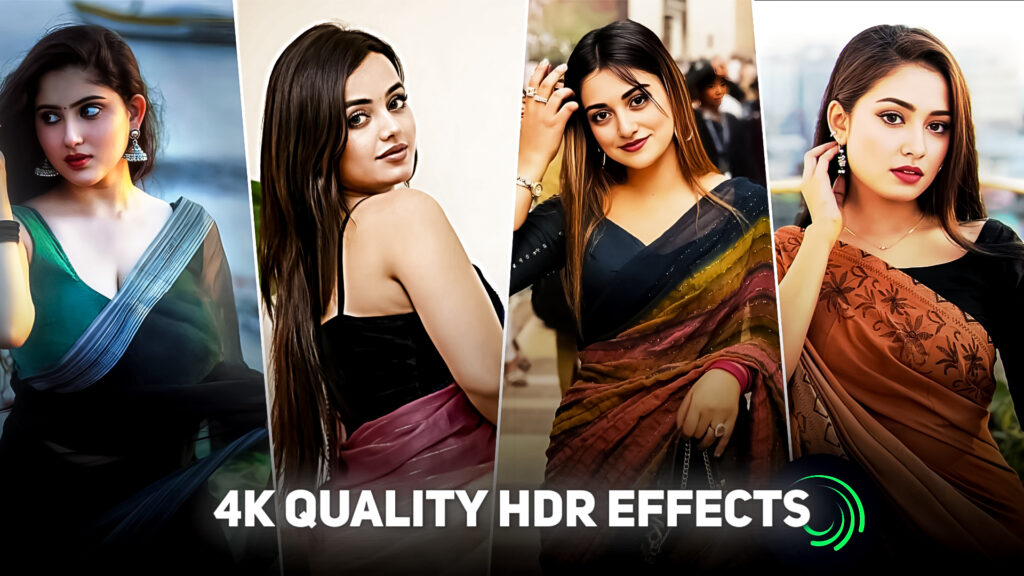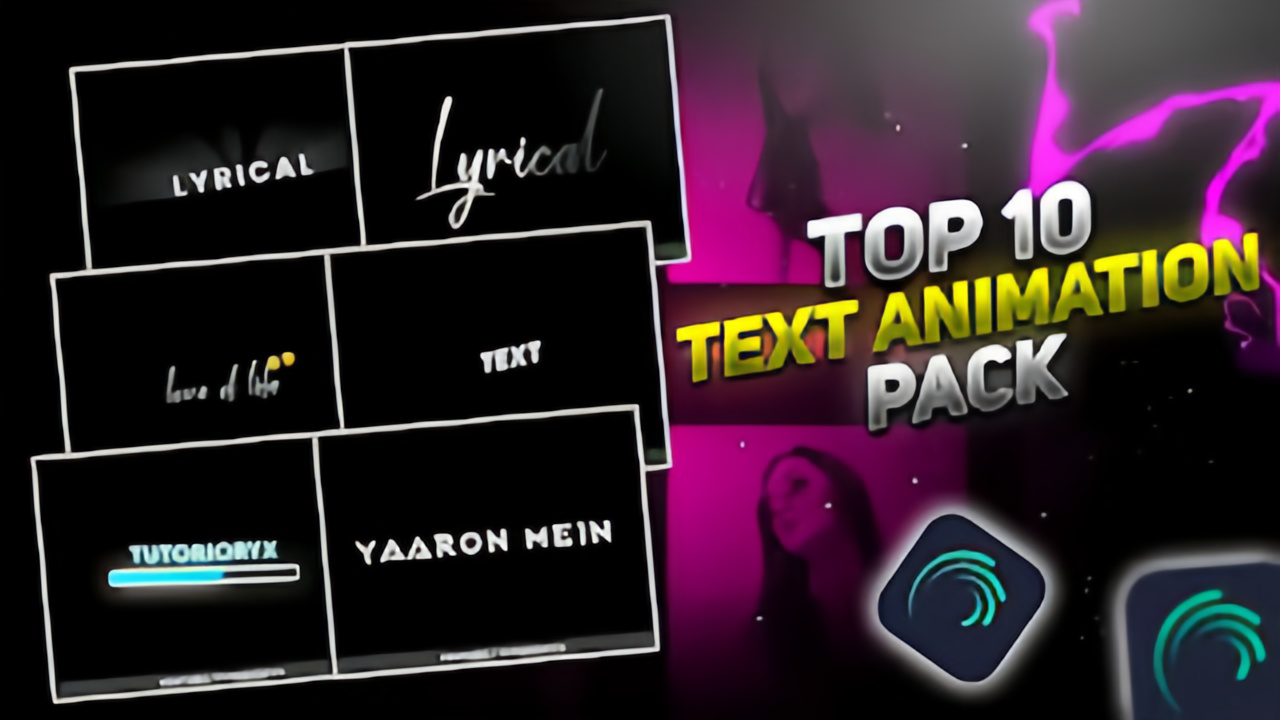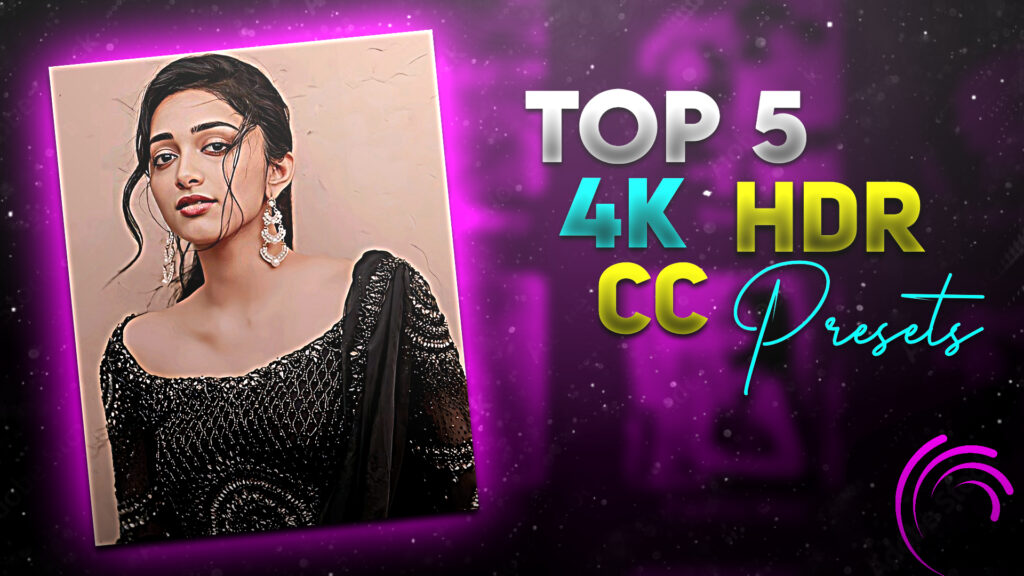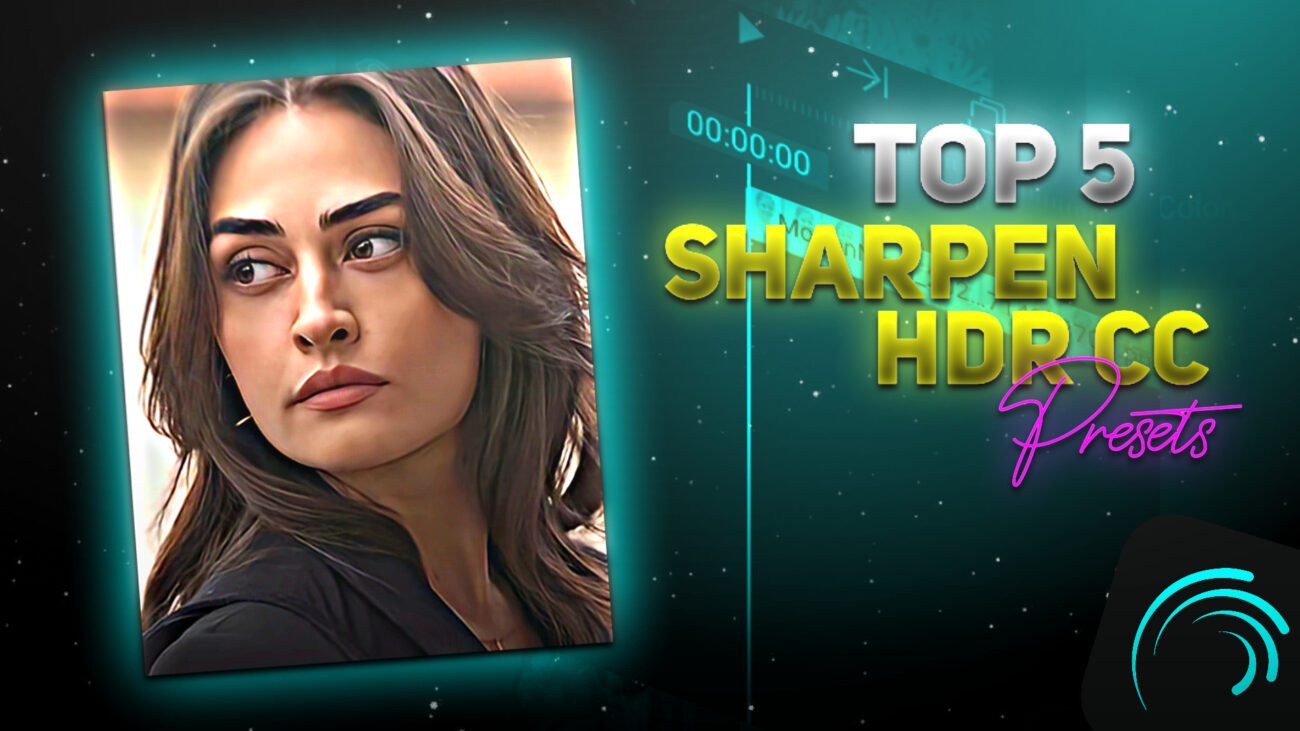The ghost effect in Alight Motion, a popular mobile video editing app, is a creative tool used to give videos a surreal, ethereal quality. This effect creates a translucent overlay of moving subjects, simulating the appearance of ghosts or echoes of past actions. It is particularly effective in enhancing the storytelling of music videos, horror scenes, and any project that aims to convey a sense of mystery or otherworldliness. By manipulating opacity, blending modes, and motion tracking, editors can achieve a hauntingly beautiful look that captivates viewers.
To create the ghost effect in Alight Motion, you typically start by duplicating the layer of your subject. The duplicated layer is then offset slightly in time from the original, creating the illusion of a trailing ghost image. Adjusting the opacity of the duplicate layer to a lower setting makes it semi-transparent, which enhances the ghostly appearance. Additional fine-tuning can be done using blend modes such as “Add” or “Screen” to achieve the desired ethereal quality. For a more dynamic ghost effect, keyframe animations can be used to change the position, scale, or opacity over time, making the ghost appear to move independently of the original subject.
How do i add a ghost effect in a video
Adding a ghost effect to a video can bring a surreal and haunting quality to your project, and it can be achieved with various video editing software. Here’s a step-by-step guide on how to create this effect using Alight Motion, a popular mobile video editing app.
First, open Alight Motion and create a new project by tapping the plus (+) icon. Set the project’s resolution, frame rate, and other settings to match your preferences. Once the project is created, import your video clip by tapping the plus (+) icon again and selecting “Media.” Choose the video from your device’s gallery, and it will be added to the timeline.

Next, to create the ghost effect, you need to duplicate your video layer. Tap on the video layer in the timeline to select it, then tap the three dots (more options) and select “Duplicate.” This action creates an identical copy of the video layer. The key to the ghost effect lies in offsetting this duplicated layer slightly in time from the original. Move the duplicated layer a few frames forward or backward on the timeline to create a lagging effect.
Now, adjust the opacity of the duplicated layer to make it semi-transparent. Tap on the duplicated layer to select it, then go to the “Opacity” settings and reduce it to around 50% or to your desired level. This adjustment will give the layer a ghostly, translucent appearance. For a more refined effect, you can also experiment with blend modes such as “Add” or “Screen” to see how they affect the look of your ghost layer.
Finally, to enhance the ghost effect further, you can add some motion blur to the duplicated layer. This can be done by applying a blur effect from the effects menu and adjusting the settings until you achieve the desired ethereal look. Additionally, you can use keyframe animations to slightly alter the position, scale, or opacity of the duplicated layer over time, making the ghost effect appear more dynamic and realistic.
By following these steps, you can create a compelling ghost effect in your videos using Alight Motion. The process involves duplicating the video layer, offsetting it in time, reducing its opacity, and adding optional motion blur and keyframe animations. This method allows you to bring a haunting, mysterious quality to your video projects, making them stand out with a professional and creative touch.
Raster Transform in Alight Motion
Alight Motion is a popular mobile application known for its robust video editing capabilities. Among its various features, the raster transform stands out as a powerful tool for manipulating and animating images and videos. Raster transform refers to the process of converting vector graphics into a raster format, which is essentially a grid of pixels. This transformation allows for a range of creative effects and animations that can enhance video projects.
Understanding Raster Transform
When working with vector graphics, each shape or line is defined mathematically, allowing for infinite scalability without loss of quality. However, converting these vectors into raster images transforms them into a fixed grid of pixels. This rasterization process is crucial in video editing because it enables more complex and resource-intensive effects that would be difficult or impossible to achieve with vector graphics alone.
In Alight Motion, the raster transform can be applied to various layers within a project. This process involves converting vector layers or other elements into raster images, which can then be manipulated using a wide range of effects and animations. By rasterizing these elements, users can apply detailed textures, filters, and pixel-based effects that add depth and complexity to their projects.
Practical Applications of Raster Transform
The raster transform is particularly useful for creating detailed animations and effects. For example, users can apply a raster transform to a vector shape and then add a pixel-based blur or distortion effect. This process allows for smoother and more realistic animations, as the pixel-based effects can interact with the image in ways that vector effects cannot.
Additionally, raster transforms enable the use of bitmap effects, such as pixelation, noise, and texture overlays. These effects can add a unique aesthetic to video projects, making them stand out. For instance, a designer might use the raster transform to create a retro, pixelated look for a video game-themed project, or add a grainy texture to a scene for a vintage film effect.








